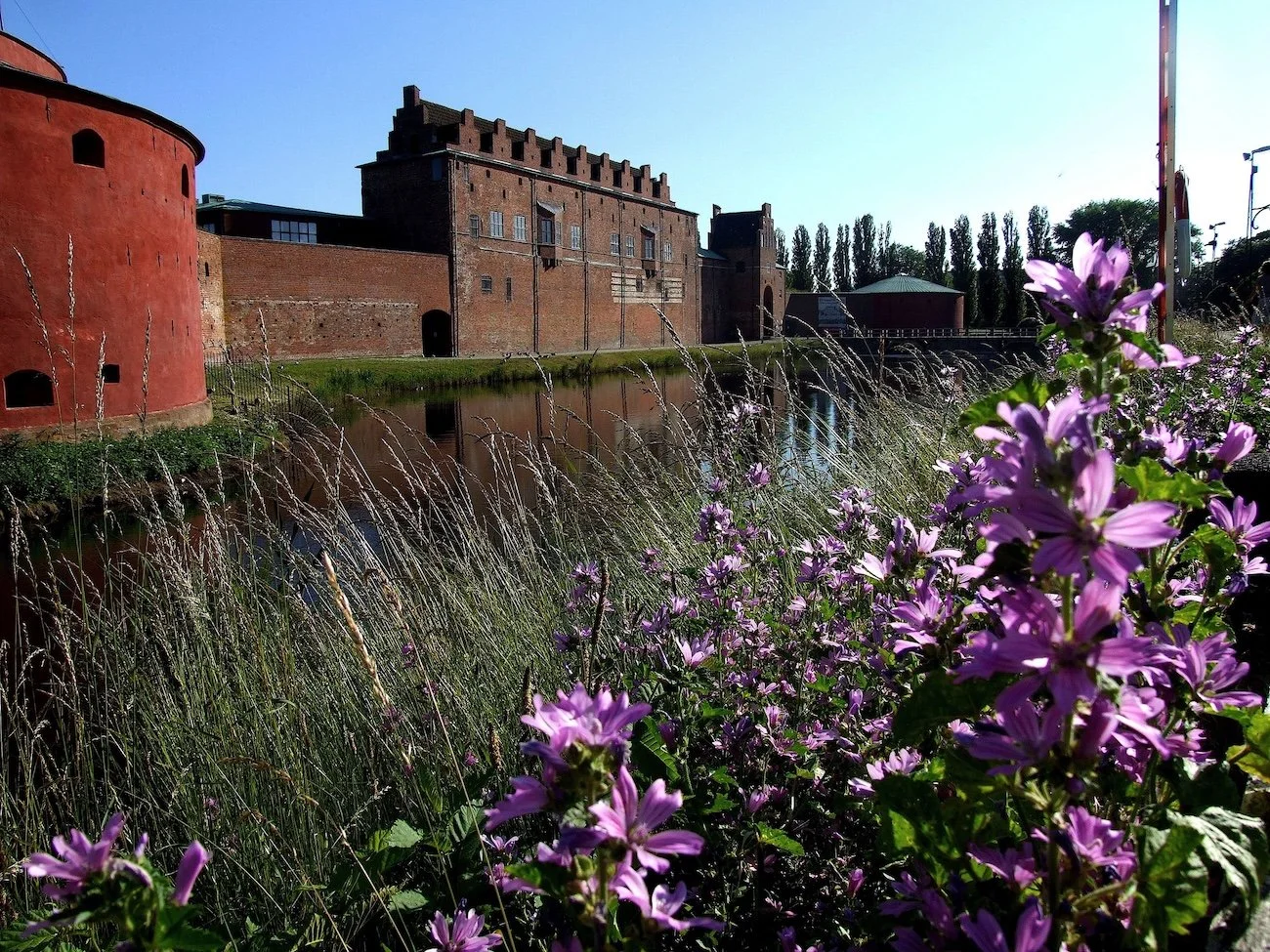Easter Food Tradition in the UK
Easter Food Traditions: Lamb, Eggs, and the Easter Bunny
The Exmoor Mystery: The Lamb Of God
There's an Exmoor tradition which, in days of yore, would see the people of the high lonely villages climbing Dunkery at Easter in the hopes of seeing the Lamb Of God. Now, I'm not exactly sure what the Lamb Of God is, but I do know that Exmoor's highest hill was venue for this phenomenon and that there is a place called Easter Hill on the flanks of the great furzy down.
I've always understood that the Lamb was some sort of apparition which appeared in the sky – a parhelia perhaps – where a copycat sun is formed by ice-crystals forming high in the atmosphere. The appearance of two suns (and I've seen this in Cornwall) is enough to get anyone thinking of God.
Why Do We Eat Lamb at Easter?
But anyway, I was mulling over this the other day when the thought struck me: why lamb? Moreover, why is lamb regarded as a traditional Easter food – and why, indeed, are eggs – let alone Easter bunnies?
The Ancient Blessing of Lambs
Well, like all these things, it goes way back into the depths of time. An ancient prayer for the blessing of lambs can be found in a seventh-century sacramentary in the Benedictine monastery at Bobbio, in Italy. Two hundred years after the old monks penned it, Rome had adopted the prayer, and from then on the main feature of the Pope's Easter dinner for many centuries was roast lamb.
Spring Equinox and Middle Eastern Lamb Traditions
But the lamb's link with Easter time – or, at least, with the Spring equinox – probably goes much further back than that. The people of the Middle East were chomping away on the stuff at this time of year centuries before Christ came onto the scene and, of course, lamb still features heavily in many Middle Eastern cuisines.
West Country Spring Lamb: A Local Delicacy
A tasting of different Easter lamb chops
All this suits me fine, as lamb is one of my favourite morsels. And I believe that we folk of the West Country are particularly fortunate in having some of the best lamb in Europe on our doorsteps. Actually, I prefer eating it later in the year when the meat has developed more flavour thanks to the animal feeding on rich summer grasses, but I am certainly not going to pass up the chance of a traditional Spring lamb roast this coming weekend.
Cooking Lamb for Easter: Garlic, Rosemary, and Perfect Roasting
It's amazing what a little puncturing with garlic and rosemary will do to add pizzazz to the flavour. And, by-the-way, many people (including me) prefer the flavour of the shoulder to the leg, believing it to be slightly sweeter. But let's not quibble over the size and shape of the cut – instead let us consider whether the meat should be cooked hot and fast, or low and slow.
Cuts of Exmoor lamb about to be cooked
I go for the former as I like lamb to be succulent and very pink. My wife hates this, saying it isn't cooked, and she prefers a long slow roast where the joint is placed in the bottom oven of an Aga or some other slow-cooker for the better part of a day. Copious quantities of Modena vinegar help make this meat to remember – the stuff literally melts in your mouth and the flavour rating goes off the Richter scale.
The History of Easter Eggs: Symbol of Spring and Rebirth
What about the ubiquitous Easter egg? Does that also have a history stretching from the dawn of time? Certainly does. Like all these traditional big-occasion foods – it's got a lot more to do with the season of the year than anything religion could throw at it.
Ancient Fertility Symbols and the Origins of the Easter Egg
But religion was always very good at adopting the old ways. The origin of the Easter egg is based on the fertility lore of the early Indo-European races. To them it was astonishing to witness a live creature emerging from a seemingly dead object. Not surprisingly, the egg became a symbol of Spring. In Persia people used to present each other with eggs at the Spring equinox.
Easter Egg Traditions Around the World
Since then the Easter egg custom has undergone all sorts of developments in various European countries. In Britain, eggs were given to servants at Easter – King Edward I had 450 eggs boiled, dyed or covered with gold leaf, which he distributed to the members of the royal household on Easter Day.
The Syrians and Greeks present each other with red eggs to honour the blood of Christ. Some Slavic peoples design elaborate patterns of gold and silver, while in Austria artists make striking patterns by fastening tiny plants around the eggs, which leave a white impression on the shells after they're boiled. Poles and Ukrainians decorate eggs with plain colours or simple designs and call them krasanki.
The Easter Bunny: From Pagan Symbol to Modern Icon
Strangest of all Easter food customs though, must be the Easter bunny. Once again, the origin lies in pre-Christian fertility lore. Quite simple really: the rabbit was the most fertile animal known to our forefathers. And perhaps because of this, the Christian custom adoption committee laid off the Easter bunny and it never was given a religious significance.
The Bunny and His Eggs: A Curious Folklore
However, the bunny did, rather mysteriously, become legendary for producing Easter eggs – and if you believe that, you'll believe anything. Way back in the Middle Ages people were writing about the Easter bunny and his eggs. A German book written in 1572, states: "Do not worry if the bunny escapes you; should we miss his eggs, then we shall cook the nest."
Modern Easter Fun: Egg Rolling and Painted Shells
Easter egg rolling with Hesp family and friends
We live near a particularly steep field and a great number of younger kids turn up to paint their eggs and then hurl them down the grassy slope. This is the only time of the year when I buy factory eggs – as it seems a shame to waste good free-range food in such a ruinous fashion. But it is fun, and I never cease to be amazed at how many times the eggs can go rolling off without being broken.
A Seasonal Recipe: Steamed Spinach and Egg
For some reason, I can never think about eggs without wishing to eat one. And so, without more ado, I am going to repair to my vegetable garden, pick some fresh spinach leaves, wash them, place them in a steamer, steam them for a minute, indent them with the back of a spoon, crack a fresh egg into the green bowl, steam for another minute or two – and then eat the results with salt and black pepper.
Nothing could be more simple and the resulting dish is as Easter flavoured as you can get. The pure taste of Spring.
Another favourite Easter dish - fried egg on vegetable risotto













